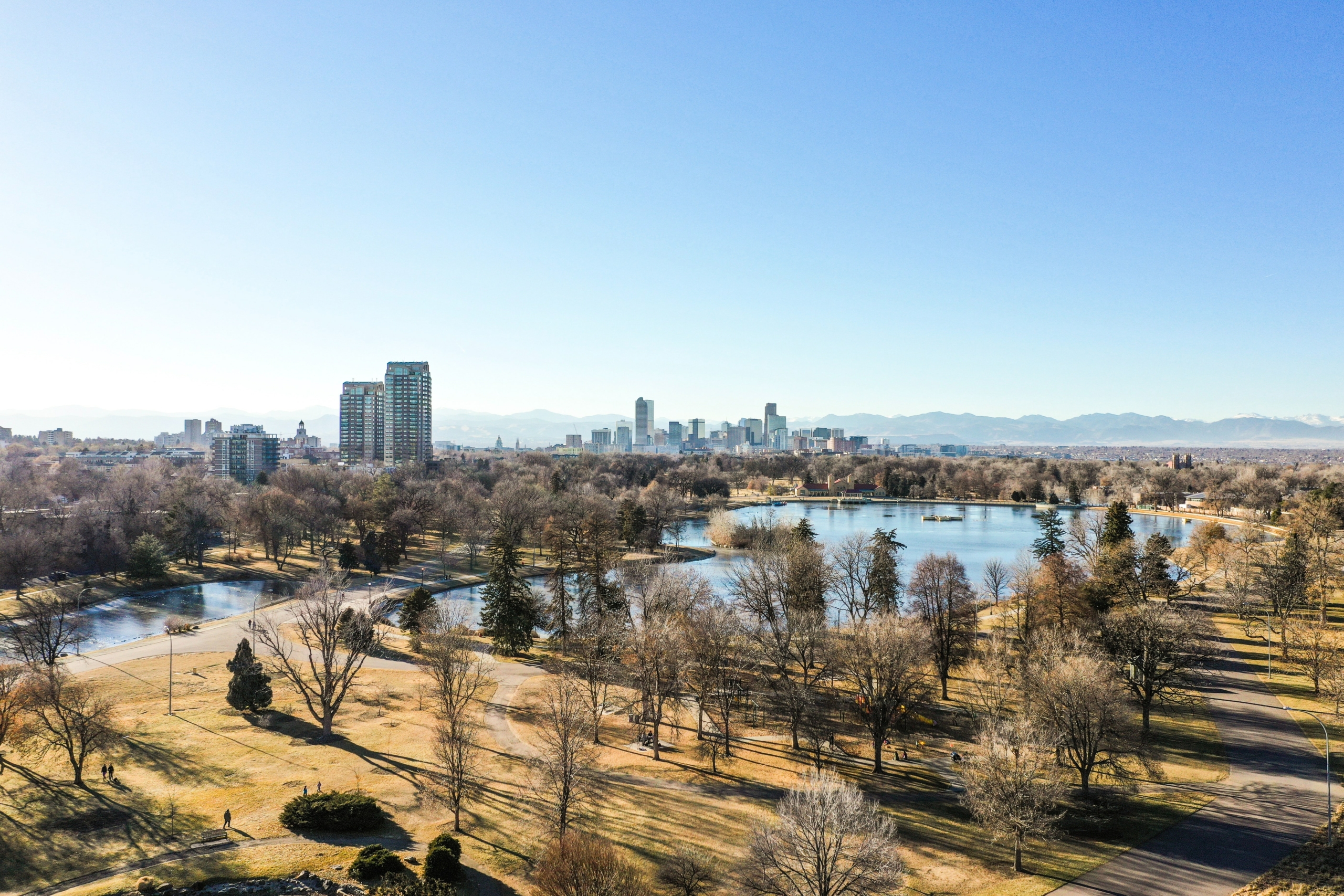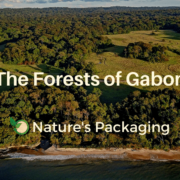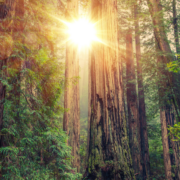Urban Forests and Tree Cities

City planners around the world increasingly recognize the importance of trees and are working to increase canopy cover. Urban tree research tells us that green canopy can play an important role in the liveability of cities. Increased tree coverage contributes to lower city temperatures by blocking shortwave radiation and increasing water evaporation. Trees also help reduce air pollution, while absorptive root systems can help reduce the threat of flood during severe rains and storms.
No surprise, the World Economic Forum’s (WEF) Global Agenda Council on the Future of Cities have listed green canopy cover in its ranking of top ten urban initiatives.To support cities in their efforts to implement green canopy, MIT’s Treepedia, in collaboration with WEF, has developed a metric —the Green View Index—by which to evaluate and compare canopy cover. It relies on calculations based on input from Google Street View. By using street view panoramas rather than satellite imagery, the GVI represents human perception.
The GVI Index is presented on a scale of 0-100, showing the percentage of canopy coverage of a particular location. The group cautions that its calculation is imprecise. It includes only street trees in its calculation due to the limitations of Google Street View. While forested parks are important, for example, they are not considered, aside from street visibility.
Treepedia developers stress that its rankings should not be construed as a competition. “Treepedia is not about rating cities to compete in a green Olympics,” it notes. “Treepedia aims to raise a proactive awareness of urban vegetation.”
Another important constraint that the study is not comprehensive. It includes only 30 cities, globally. It noteworthy that four of the top ten cities with the most tree cover are in North America, including Tampa (#1), Vancouver BC (#4), Montreal (#6) and Sacramento (#9).
A ranking of select North American cities, followed by the estimated proportion of urban canopy, are as follows:
Tampa, Florida — 36.1%
Vancouver, Canada — 25.9%
Montreal, Canada — 25.5%
Sacramento, California — 23.6%
Seattle, Washington — 20%
Toronto, Canada — 19.5%
Miami, Florida — 19.4%
Boston, Massachusetts — 18.2%
Los Angeles, California — 15.2%
Treepedia underscores that only selected cities have been included in its Green View Index. The group encourages other cities to calculate their GVI. More information can be found at this link: (https://github.com/mittrees/Treepedia_Public)
Tree Cities of the World
Leading North American tree cities are also recognized in the Tree Cities of the World program, sponsored by the FAO (The Food and Agricultural Organization of the United Nations) and the Arbor Day Foundation. Their intention is to promote more resilient and sustainable cities.
Rather than a ranking of overall canopy or green cover, these cities are recognized for “demonstrating leadership in the management of their urban trees and are serving as part of the solution to many of the global issues we face today.” Of the 68 “Tree Cities of the World” recognized, nine of them are Canadian, and 27 from the United States.
Another useful source of information is the U.S. Forest Service. Its urban forest data are being collected from across the United States based on top-down aerial approaches and bottom-up field data collection. This site links to various data sets and reports for urban forest data at the state level, county level, county subdivision level and local community or place level. Users are encouraged to explore states or communities of interest to see what data are available.
Resources mentioned in this article:
Treepedia: https://senseable.mit.edu/treepedia
Tree Cities of the World: https://treecitiesoftheworld.org/directory.cfm
U.S. Forest Service Urban Forest Data: https://www.nrs.fs.fed.us/data/urban/










